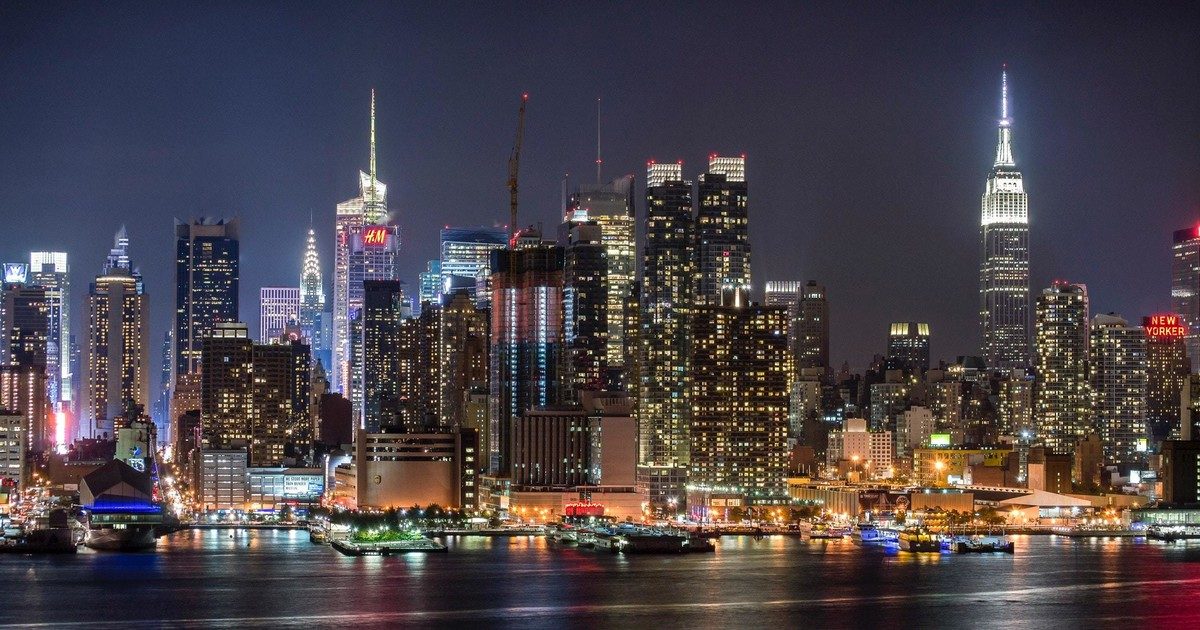Although ghettoes are understood as segregated African American communities, white Americans are largely responsible for creating and sustaining the ghetto. The history of the American ghetto’s creation is deeply intertwined with legacies of white violence and exclusion. This legacy of white Americans exerting power over residential spaces continues today in new and shifting forms. This continued segregation, in turn, acts as a boundary to blacks’ social mobility and blurs the boundaries of class and race in the United States.
Historically, white violence has discouraged blacks who do have opportunities for mobility from capitalizing on them. In the wake of increasing black immigration into northern cities in the early 20th century, whites’ riots pushed black residents of elite and middle-class neighborhoods into the ghetto out of fear for their lives (Massey and Denton 1993:34). Later in the century, legal advocacy, interpersonal intimidation, and restrictive covenants took form as whites’ preferred strategies for maintaining segregated residential communities. Through these tactics, whites concentrated African Americans within confined spatial boundaries and prevented African Americans who were otherwise able to live in expensive areas from escaping resource-poor neighborhoods.
Our class discussion identified several ways in which whites’ strategies for protecting residential spaces, and urban spaces more generally, from blacks have evolved over time. Most of these contemporary strategies function economically, such as when white residents price African Americans out of neighborhoods, or when property tax hikes force black homeowners, and even those whose properties have been passed down intergenerationally, out of their homes. In terms of the housing market and real estate, white homeowners’ selectivity in choosing buyers may also perpetuate residential segregation. And white investors’ interventions into historically black communities may spur increases in home prices, rent, and the cost of living, as well as cause racial turnover in both the residential and non-residential communities a neighborhood serves. In these ways, whites use updated strategies to control contemporary residential and urban spaces.
What purpose do these patterns of white control over residential and urban spaces serve? By excluding African Americans from their communities, white Americans have created and sustained a powerful system of residential segregation. I also argue that white Americans have disempowered black Americans from ascending in socioeconomic class. By confining African Americans of a range of socioeconomic classes to the ghetto, white Americans have prevented blacks Americans from making lucrative and sustainable investments in housing, from learning in better-resourced public schools, from living in safer neighborhoods, and from accessing a host of other advantages and resources that are tied to privilege, power, and socioeconomic mobility. Whites’ evolving tactics of segregation have confined African Americans in resource-poor neighborhoods, rendering mobility in socioeconomic class extremely difficult.
The ghetto’s history of racialized exclusion intertwined with poverty necessitates a thoughtful interrogation of the distinctions and overlaps between class and race in the United States. On the one hand, African Americans have been excluded from certain residential spaces and concentrated in the ghetto because of their racialization in the United States’ racial classification schema. At the same time, however, race is not the only variable at play in the creation and persistence of the ghetto. Segregation concentrates African Americans from a range of economic statuses into areas defined by their poverty. While the ghetto is home to supportive and resilient black communities and families, it is also a high-poverty area that few residents are able to leave if they so desire. Understanding the history of the ghetto’s creation requires that we understand that class and race are deeply intertwined, such as when white Americans have disproportionally reaped the financial benefits from homeownership in the wake of World War II, but are not synonymous, as when considering that African Americans of varied incomes levels may live in the ghetto. The persistence of the ghetto, then, is deeply connected to racialized patterns of social mobility and the historical relationship between class and race.
Theo Hurley
